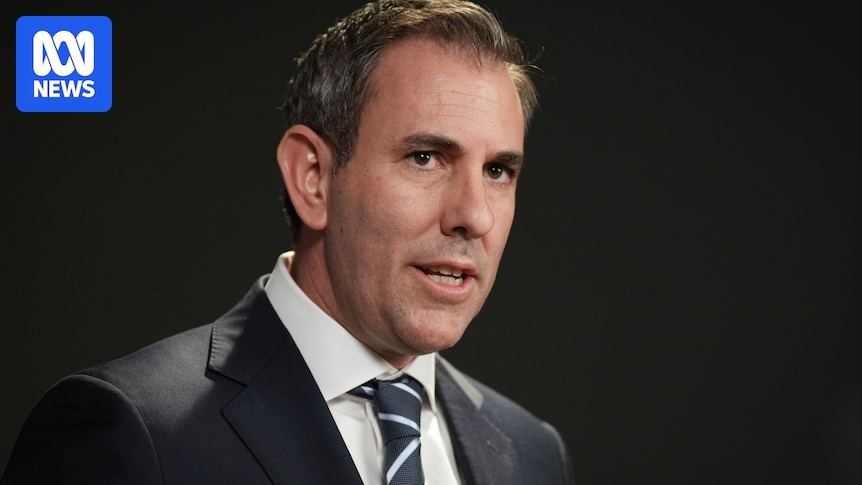
Next week marks the 40th anniversary of the Hawke government’s tax summit, a pivotal event in Australian political history. The summit, led by then-treasurer Paul Keating, was a bold attempt to introduce a consumption tax but ultimately ended in failure due to conflicting interests. As current Treasurer Jim Chalmers prepares for the government’s upcoming “economic reform” roundtable on August 19-21, he faces a similarly daunting task of balancing competing demands to achieve meaningful tax reform.
The anniversary of the 1985 summit serves as a reminder of the complexities involved in tax reform. Keating’s ambitious plan was thwarted by the self-interests of various stakeholders, including unions and community groups, leading to a significant rift with then-Prime Minister Bob Hawke. Despite the setback, Keating managed to implement a series of important reforms, though not as extensive as he had hoped.
The Legacy of the 1985 Tax Summit
Ken Henry, who later became the Secretary of the Treasury, was part of the team working on tax reform during the 1985 summit. Recalling the intense period, Henry noted that officials worked tirelessly, often bringing their families to the office as they averaged 100-hour work weeks. The summit was a culmination of extensive preparation, including a comprehensive draft white paper that Keating used to rally support for his blueprint.
However, the summit’s outcome was a testament to the challenges of achieving consensus among diverse groups. The unions’ strong opposition to the consumption tax led to its rejection, and Keating’s frustration with Hawke’s decision to abandon the plan left a lasting impact on their relationship.
Chalmers’ Approach to Tax Reform
Jim Chalmers, who was only seven years old during the 1985 summit, has studied Keating’s tenure extensively, even completing a PhD on his prime ministership. As he prepares for the upcoming roundtable, Chalmers aims to learn from past experiences while charting his own course for reform. The roundtable, initially focused on “productivity,” has evolved to include “economic reform,” with tax reform playing a central role.
Unlike the 1985 summit, Chalmers’ roundtable will be a smaller, more focused event with around 25 participants. Invitations have been extended to business leaders and union representatives, and Chalmers is setting realistic expectations for the outcomes. While specific tax reforms may not be immediately achievable, the roundtable aims to build broad support for a general direction of reform.
Exploring Tax System Changes
Most tax experts agree that Australia’s current system is overly reliant on income taxation, prompting calls for changes such as increasing or broadening the Goods and Services Tax (GST). Although Chalmers has historically opposed altering the GST, he has not ruled it out for discussion at the roundtable. This contrasts with former Prime Minister Kevin Rudd’s decision to exclude the GST from a major tax review led by Henry.
“I do think it is possible to achieve major tax reform […] without necessarily increasing the [GST] rate or extending the base,” said Ken Henry.
Henry advocates for alternative reforms, such as eliminating state transaction taxes like stamp duty and increasing revenue from natural resources and pollution taxes. These measures, he argues, could alleviate the tax burden on younger workers through lower personal income taxes and the introduction of tax indexation.
Political Dynamics and Future Prospects
Chalmers’ push for tax reform faces political challenges, particularly in gaining consensus for significant changes like GST reform. The cost of compensating those adversely affected by such changes remains a significant barrier. Additionally, Chalmers must navigate the political landscape, balancing his ambitions with Prime Minister Anthony Albanese’s willingness to support reforms that align with the government’s mandate.
The participation of opposition figures, such as shadow treasurer Ted O’Brien, adds another layer of complexity. O’Brien’s involvement presents an opportunity to engage with stakeholders and understand their perspectives, but he must tread carefully to avoid endorsing policies that the opposition may later reject.
As Chalmers embarks on this challenging journey, the lessons from the past serve as both a guide and a cautionary tale. The success of his tax reform efforts will depend on his ability to build consensus, manage political dynamics, and maintain momentum in the face of inevitable obstacles.





